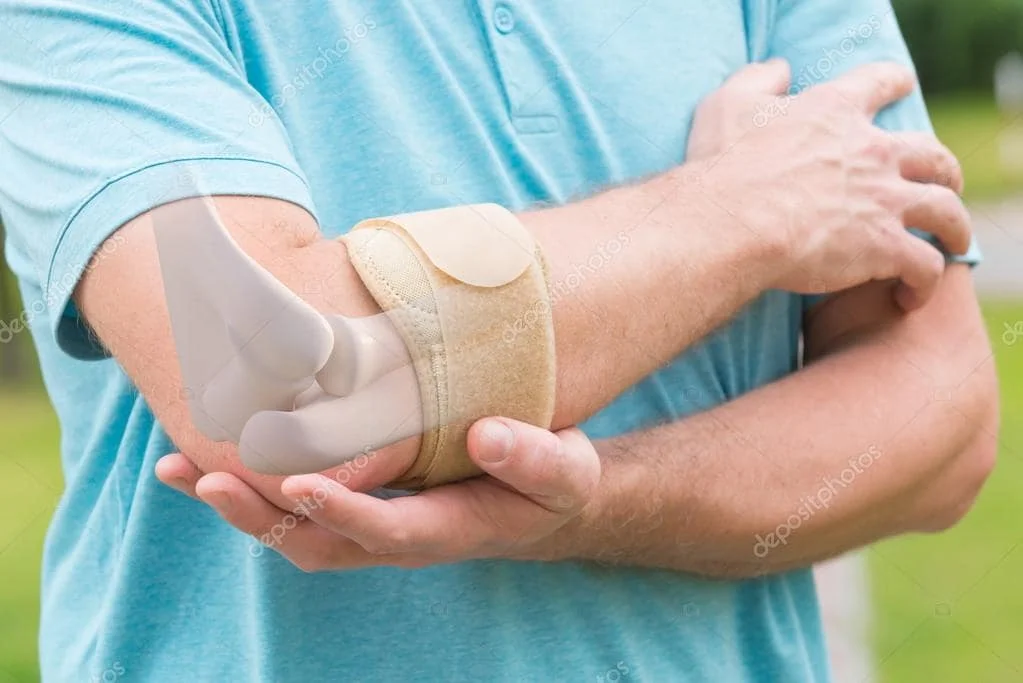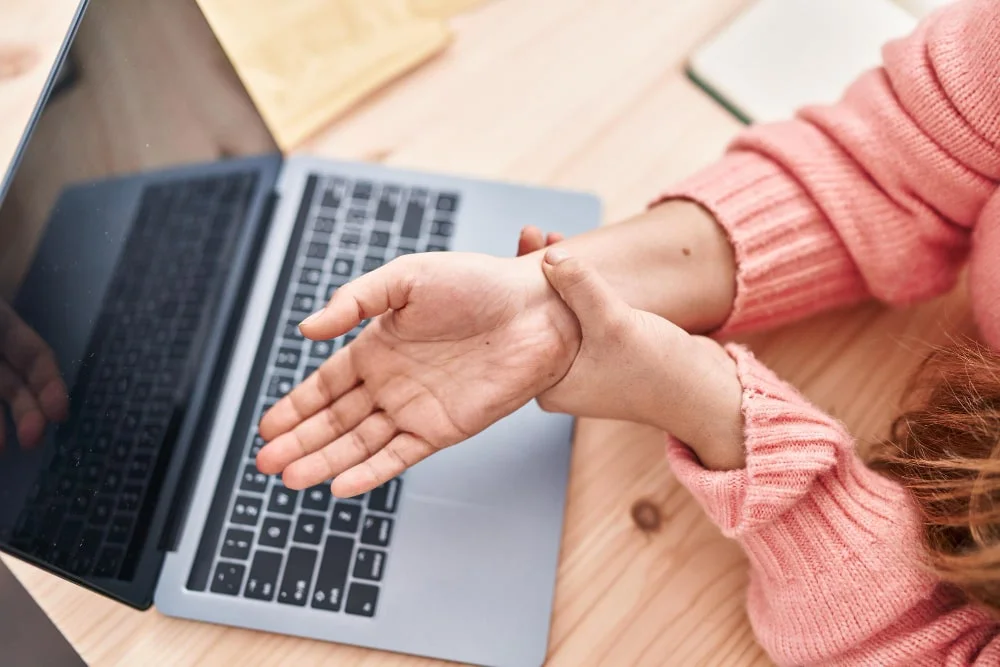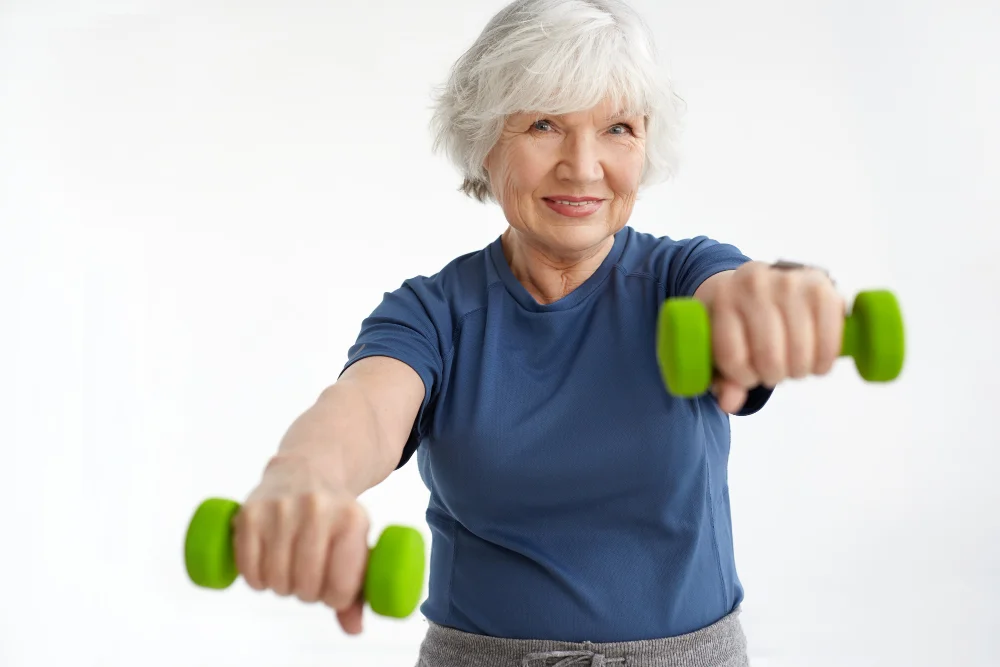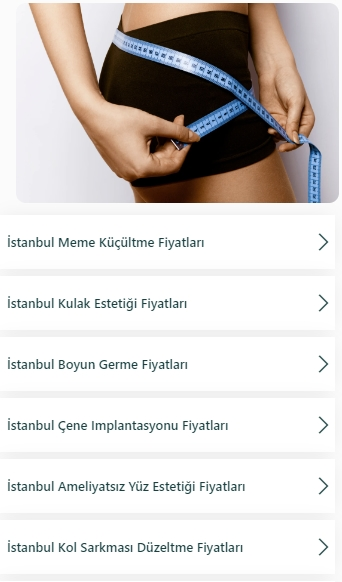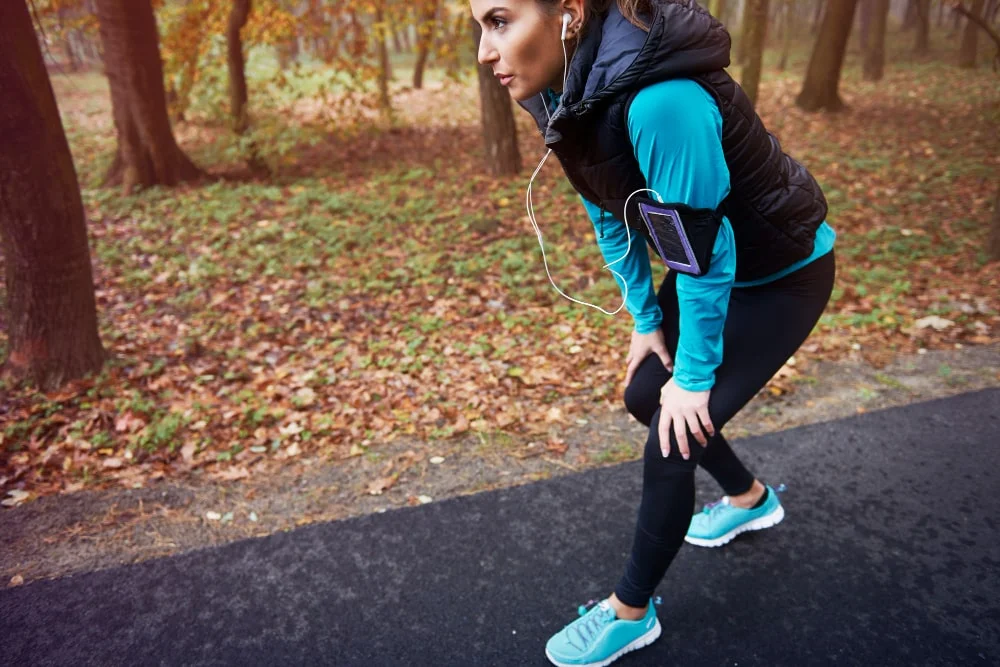
The Role of Physical Therapy in Walking Difficulties
- The Role of Physical Therapy in Walking Difficulties
- Causes of Walking Difficulties
- Lumbar Spinal Stenosis (Spinal Stenosis)
- Assessment of Gait Disorders
- Components of the Physical Therapy Program
- Goals of Rehabilitation
- Conclusion
As specialists in Physical Medicine and Rehabilitation, we evaluate walking difficulties not merely as a problem of muscles or joints, but as a complex functional disorder involving the interaction of multiple body systems. Walking requires the musculoskeletal system, nervous system, balance mechanisms, circulatory, and respiratory systems to work together harmoniously. Therefore, when a walking disorder develops, it is of great importance to identify the underlying cause accurately and to design an individualized rehabilitation program.
Causes of Walking Difficulties
Walking difficulty may arise from a wide variety of causes, including aging, muscle weakness, joint deformities, neurological diseases, orthopedic injuries, or spinal problems. In our clinical practice, we frequently observe two major underlying causes contributing to this condition: lumbar spinal canal stenosis (spinal stenosis) and neurological gait disorders.
Lumbar Spinal Stenosis (Spinal Stenosis)
Lumbar spinal stenosis occurs when the spinal canal that houses the spinal cord and nerve roots becomes narrowed, putting pressure on the neural tissue. This condition is especially common in older adults. Patients often present with complaints of lower back pain, numbness, tingling in the legs, and pain that increases with walking short distances. This pattern is known as neurogenic claudication—the person must stop walking after a few minutes, and finds relief by bending forward.
Physical therapy plays a critical role here. First, we evaluate the patient to determine whether surgical intervention is required. For those suitable for non-surgical treatment, we implement a comprehensive physical therapy program aimed at reducing pain, relieving nerve root compression, and increasing muscle strength. Manual therapy, traction, thermotherapy, electrostimulation, stretching, and strengthening exercises constitute the core elements of this program. Strengthening the muscles around the lumbar and hip regions, teaching proper posture, and correcting gait mechanics can significantly improve walking capacity.
Assessment of Gait Disorders
We perform a detailed assessment of every patient presenting with walking difficulties. This evaluation includes:
- Muscle strength, joint range of motion, and balance testing
- Sensory and reflex examination to assess the nervous system
- Electromyography (EMG) or imaging studies when necessary to evaluate nerves and muscles
- Gait analysis to observe parameters such as step length, speed, symmetry, and support base
Based on these findings, we create an individualized rehabilitation plan, since each person’s gait pattern, muscle balance, and pain profile are unique.
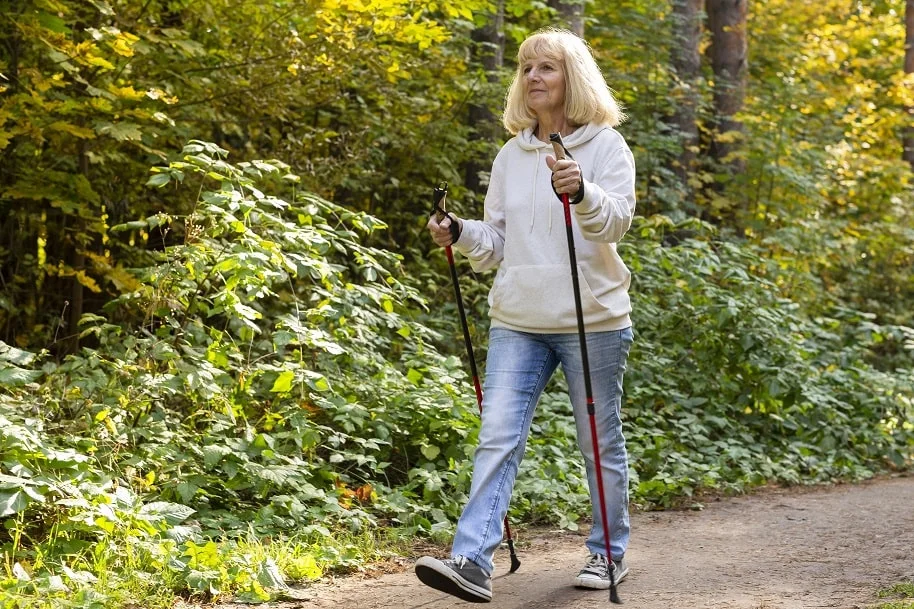
Components of the Physical Therapy Program
A physical therapy program for walking difficulties typically includes several components:
- Pain and Edema Control: We first aim to reduce the patient’s pain. To achieve this, we use modalities such as heat therapy, ultrasound, TENS, and surface electrotherapy.
- Muscle Strengthening and Flexibility: We identify weak muscle groups and strengthen them through targeted exercises. In conditions such as lumbar spinal stenosis, balanced strengthening of the abdominal and back muscles enhances spinal stability. Stretching exercises relieve muscle tightness and improve step length.
- Balance and Coordination Training: Loss of balance is a major factor in gait disturbance. Therefore, we employ balance boards, soft surface exercises, and proprioceptive (body awareness) training to improve stability.
- Gait Training: We provide training to restore correct gait patterns, focusing on step length, rhythm, weight transfer, and arm-leg coordination. When necessary, we teach the proper use of assistive devices such as canes or walkers.
- Education and Preventive Measures: We educate patients on correct posture, sitting, and bending techniques in daily life. Proper footwear selection, regular exercise habits, and weight control are also vital components of long-term success.
Goals of Rehabilitation
Our primary goal is to help patients regain their independence and improve their quality of life. We do not merely focus on relieving pain; we aim to enhance the quality, endurance, and safety of walking. Although this process requires patience, when performed correctly, it yields highly satisfying results.
Even in chronic conditions such as lumbar spinal stenosis, consistent exercise and appropriate physical therapy can increase walking distance, delay, or sometimes even prevent the need for surgery.
Conclusion
Walking difficulty is a major problem that directly affects an individual’s independence and social participation. As physical medicine and rehabilitation specialists, we approach this condition with a holistic perspective, aiming to restore the harmony between muscles, joints, nerves, and balance systems.
Each patient’s story is unique; however, with accurate diagnosis, dedicated rehabilitation, and personalized exercise programs, seeing our patients walk confidently again remains the most rewarding aspect of our profession.
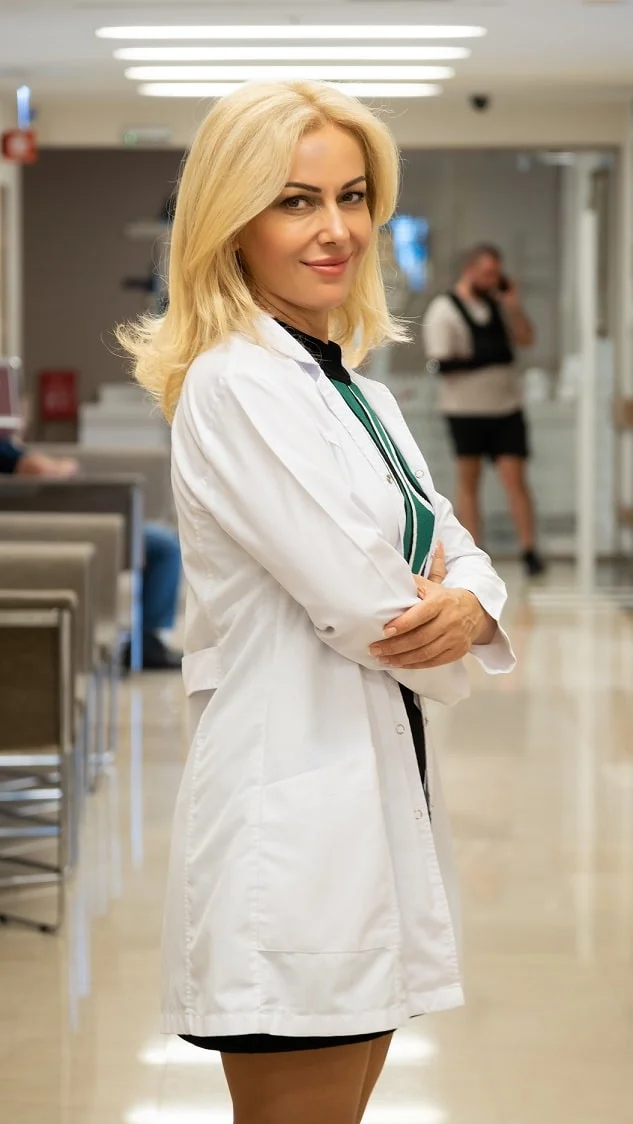
Dr. Elif Berber, M.D.
Assistant Professor, Specialist in Physical Medicine and Rehabilitation

